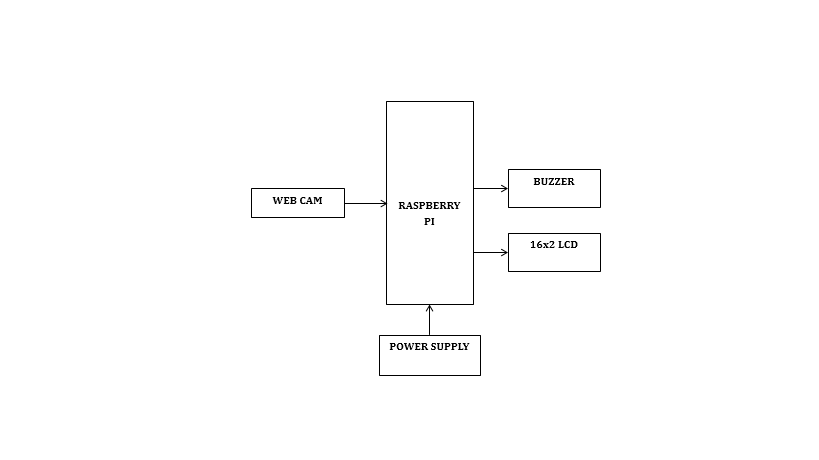Towards Real-Time Eye blink Detection in the Wild: Dataset, Theory and Practices
Objective
The main objective of this project is to identify the eye blink in real-time and therefore drowsiness state of the driver can be analysed so that it generates an alert immediately to wake up the driver, hence we can able to prevent road accidents.
Abstract
Effective and real-time eyeblink detection is of wide-range applications, such as deception detection, drive fatigue detection, face anti-spoofing. Despite previous efforts, most of existing focus on addressing the eyeblink detection problem under constrained indoor conditions with relative consistent subject and environment setup. Nevertheless, towards practical applications, eyeblink detection in the wild is highly preferred, and of greater challenges.
Keywords: Eyeblink detection, eyeblink in the wild, spatial-temporal pattern recognition, LSTM, appearance and motion.
NOTE: Without the concern of our team, please don't submit to the college. This Abstract varies based on student requirements.
Block Diagram

Specifications
Hardware requirements:
- Raspberry Pi
- Web cam
- 16x2 LCD
- Buzzer
- 5V Adapter
- Connecting wires
Software requirements
- NOOBS Software
- VNC Viewer
- Python3 IDE
- Fritzing
Learning Outcomes
- Raspberry pi pin diagram and architecture
- How to install NOOBS software
- Setting up and installation procedure for Raspberry Pi
- How to connect Raspberry Pi through VNC viewer
- Introduction to Python3 IDE
- Commands in Python
- Basic coding in Python
- How to interface web cam with Raspberry Pi?
- How to do yawn detection using Raspberry Pi and the camera?
- What is eye aspect ratio?
- How to detect eye blink using eye aspect ratio with the help of Raspberry Pi?
- How to interface buzzer with Raspberry Pi?
- Working of 16x2 LCD
- How to interface LCD with Raspberry Pi?
- About Project Development Life Cycle:
- Planning and Requirement Gathering(( software’s, Tools, Hardware components, etc.,)
- Schematic preparation
- Code development and debugging
- Hardware development and debugging
- Development of the Project and Output testing
- Practical exposure to:
- Hardware and software tools.
- Solution providing for real time problems.
- Working with team/ individual.
- Work on Creative ideas.
- Project development Skills
- Problem analyzing skills
- Problem solving skills
- Creativity and imaginary skills
- Programming skills
- Deployment
- Testing skills
- Debugging skills
- Project presentation skills
- Thesis writing skills





 Paper Publishing
Paper Publishing
